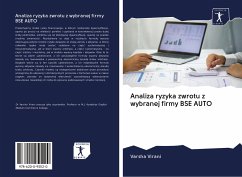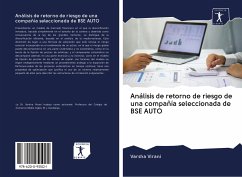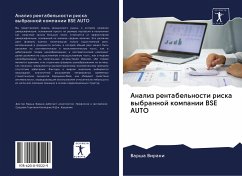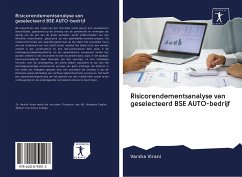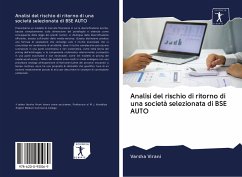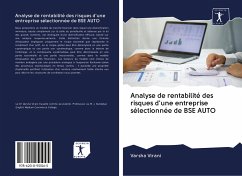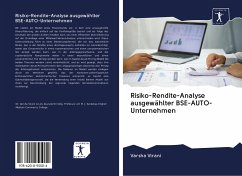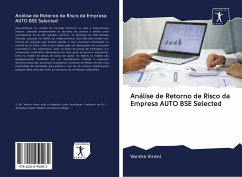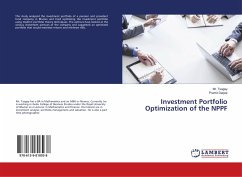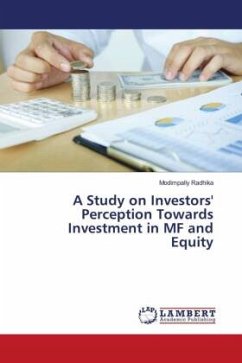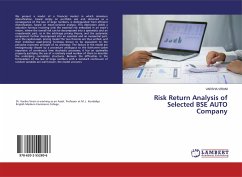
Risk Return Analysis of Selected BSE AUTO Company
Versandkostenfrei!
Versandfertig in 6-10 Tagen
27,99 €
inkl. MwSt.

PAYBACK Punkte
14 °P sammeln!
We present a model of a financial market in which immature diversification, based simply on portfolio size and obtained as a consequence of the law of large numbers, is distinguished from efficient diversification, based on mean-variance analysis. This distinction yields a valuation formula involving only the essential risk embodied in an asset's return, where the overall risk can be decomposed into a systematic and an unsystematic part, as in the arbitrage pricing theory; and the systematic component further decomposed into an essential and an inessential part, as in the capital-asset- pricin...
We present a model of a financial market in which immature diversification, based simply on portfolio size and obtained as a consequence of the law of large numbers, is distinguished from efficient diversification, based on mean-variance analysis. This distinction yields a valuation formula involving only the essential risk embodied in an asset's return, where the overall risk can be decomposed into a systematic and an unsystematic part, as in the arbitrage pricing theory; and the systematic component further decomposed into an essential and an inessential part, as in the capital-asset- pricing model.The two theories are thus unified, and their individual asset-pricing formulas shown to be equivalent to the pervasive economic principle of no arbitrage. The factors in the model are endogenously chosen by a procedure analogous to the Karhunen-Loéve expansion of continuous time stochastic processes; it has an optimality property justifying the use of a relatively small number of them to describe the underlying correlation structures. Because the difficulties in the formulation of the law of large numbers with a standard continuum of random variables are well known, the model uncovers



